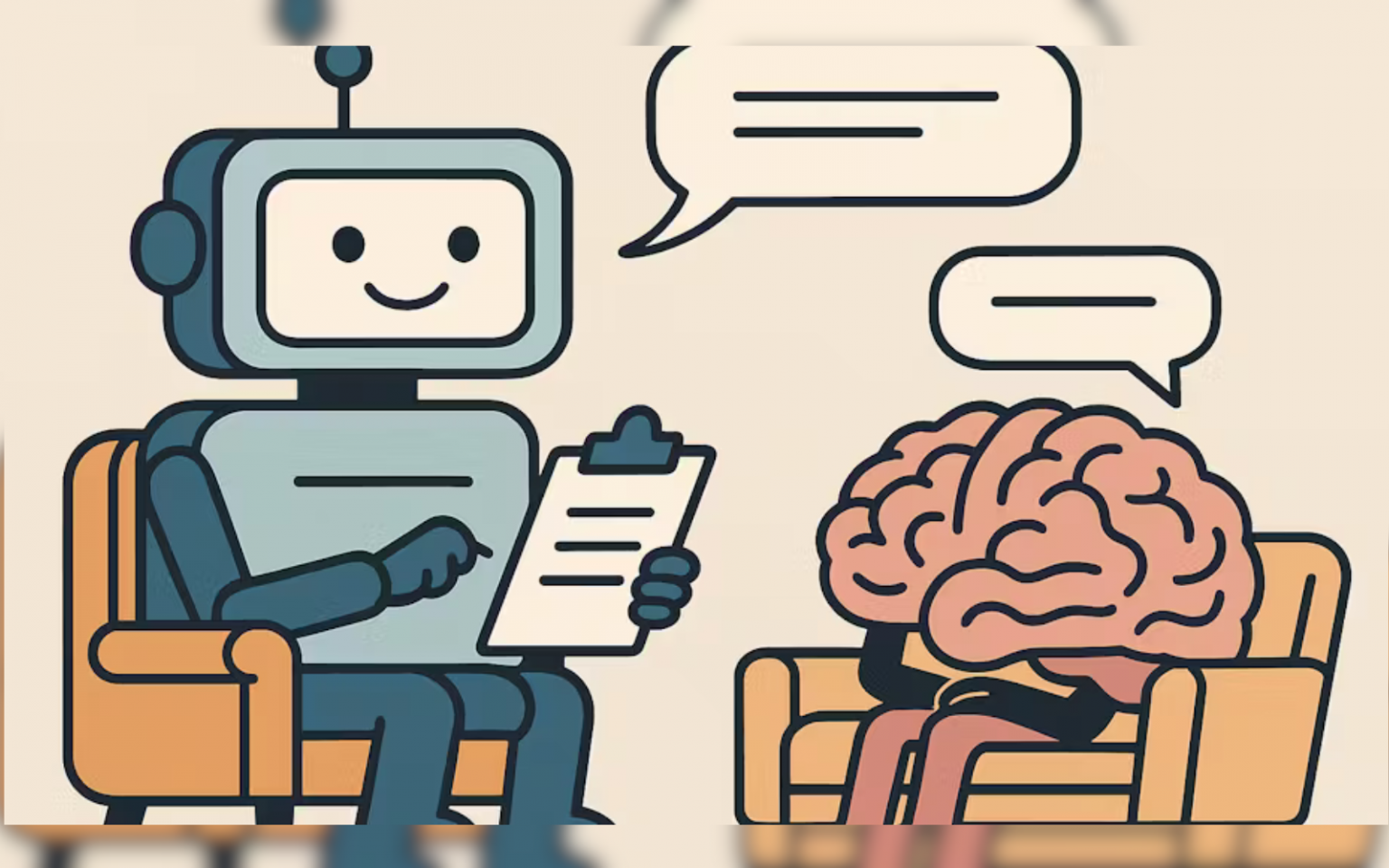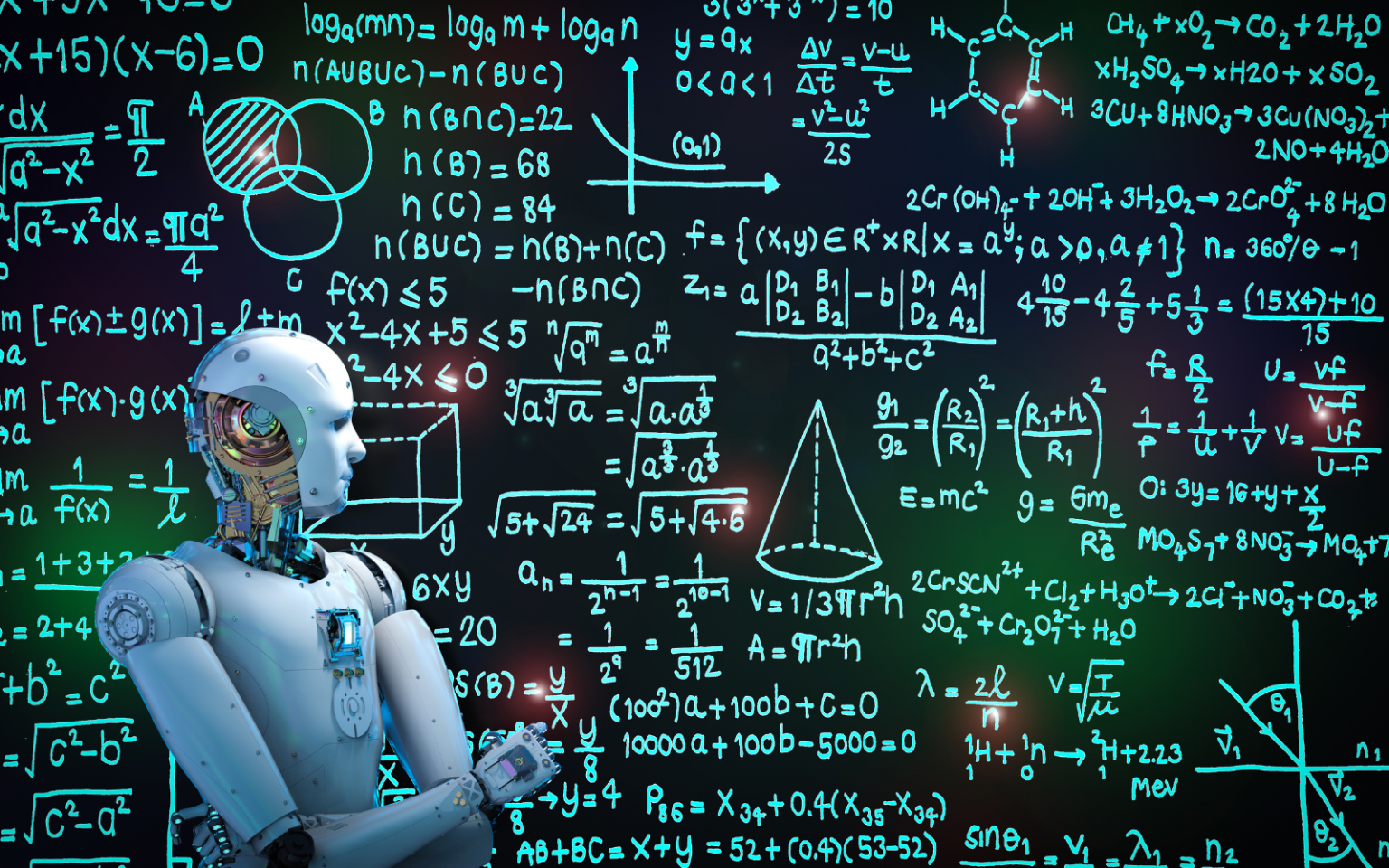Many years ago, long before the internet or artificial intelligence (AI), an American engineer called Vannevar Bush was trying to solve a problem. He could see how difficult it had become for professionals to research anything, and saw the potential for a better way. This was in the 1940s, when anyone looking for articles, books or other scientific records had to go to a library and search through an index. This meant drawers upon drawers filled with index cards, typically sorted by author, title or subject. When you had found what you were looking for, creating copies or excerpts was…
Author: The Conversation
For years, the expression “the robot took my job” has brought to mind visions of machines replacing workers on factory floors. But Gen Z is facing a new challenge: the loss of internships and other entry-level positions to AI. Internships and junior roles have historically provided a predictable ladder into the workforce by providing new workers with the experience and skills needed for long-term career development. But as artificial intelligence (AI) spreads to every corner of the modern workplace, these roles are susceptible to being replaced by automation. Entry-level roles traditionally involve low-complexity, high-frequency tasks such as data entry, scheduling or drafting…
“And do you work well with AI?” As tools such as ChatGPT, Copilot, and other generative artificial intelligence (AI) systems become part of everyday workflows, more companies are looking for employees who can answer “yes” to this question. In other words, people who can prompt effectively, think with AI, and use it to boost productivity. In fact, in a growing number of roles, being “AI fluent” is quickly becoming as important as being proficient in office software once was. But we’ve all had that moment when we’ve asked an AI chatbot a question and received what feels like the most generic,…
New applications and the integration of artificial intelligence (AI) with wearable devices are changing the way users interact with their environments and each other. The impacts and reach of these new technologies have yet to be fully understood. Connections between technologies and bodies is not a new thing for many disabled persons. Assistive technologies — tools and products designed to support people with disabilities — have played a part in mitigating built and institutional barriers experienced by disabled persons for decades. While not strictly considered assistive, immersive and wearable technologies have the potential to change the relationship between disabled users and their…
Imagine walking into your doctor’s office feeling sick – and rather than flipping through pages of your medical history or running tests that take days, your doctor instantly pulls together data from your health records, genetic profile and wearable devices to help decipher what’s wrong. This kind of rapid diagnosis is one of the big promises of artificial intelligence (AI) for use in health care. Proponents of the technology say that over the coming decades, AI has the potential to save hundreds of thousands, even millions of lives. What’s more, a 2023 study found that if the health care industry…
Recently, I found myself pouring my heart out, not to a human, but to a chatbot named Wysa on my phone. It nodded – virtually – asked me how I was feeling and gently suggested trying breathing exercises. As a neuroscientist, I couldn’t help but wonder: Was I actually feeling better, or was I just being expertly redirected by a well-trained algorithm? Could a string of code really help calm a storm of emotions? Artificial intelligence-powered mental health tools are becoming increasingly popular – and increasingly persuasive. But beneath their soothing prompts lie important questions: How effective are these tools? What do…
Parenting in the digital age can be stressful and demands a lot from parents. The Family Online Safety Institute (FOSI) recently released its annual Online Safety Survey that discovered almost 50 per cent of parents surveyed aren’t using parental controls to manage their children’s devices. These are tools that would ostensibly help parents filter out inappropriate content or unwanted interactions on their children’s devices. The FOSI authors conclude the reason parents aren’t using the tools is because they feel “overwhelmed” and recommend that parents educate themselves as a good first step toward broader use. While overwhelm is a real thing, we suggest a bigger problem…
For a long time, universities worked off a simple idea: knowledge was scarce. You paid for tuition, showed up to lectures, completed assignments and eventually earned a credential. That process did two things: it gave you access to knowledge that was hard to find elsewhere, and it signalled to employers you had invested time and effort to master that knowledge. The model worked because the supply curve for high-quality information sat far to the left, meaning knowledge was scarce and the price – tuition and wage premiums – stayed high. Now the curve has shifted right, as the graph below…
Petrol and diesel vehicles are being phased out globally and replaced with electric vehicles so that countries can meet their commitments to zero human-caused carbon emissions by 2050. But electric vehicles’ batteries run down quickly and take a long time to recharge. One solution is battery-swapping systems, where depleted batteries can be swapped for fully charged batteries, putting electric vehicle drivers back on the road faster than it would have taken them to fill up with petrol. Lumbumba Taty-Etienne Nyamayoka is a researcher and PhD candidate with the Future Electrical Energy Technology Research Group at the University of the Witwatersrand. His research looked…
South Africa has many factories, warehouses, schools and hospitals – big buildings with large rooftop spaces. In such a sunny country, these flat surfaces would be perfect for large photovoltaic solar systems that could generate enough renewable energy to supply themselves, and feed into the national grid. This would reduce the amount of coal that South Africa’s national electricity provider would need to burn. Renewable energy engineer and PhD candidate Mamahloko Senatla-Jaane was part of a team who researched how commercial buildings could be set up to serve as strategic assets for decarbonisation and increase the security of South Africa’s power supply.…










